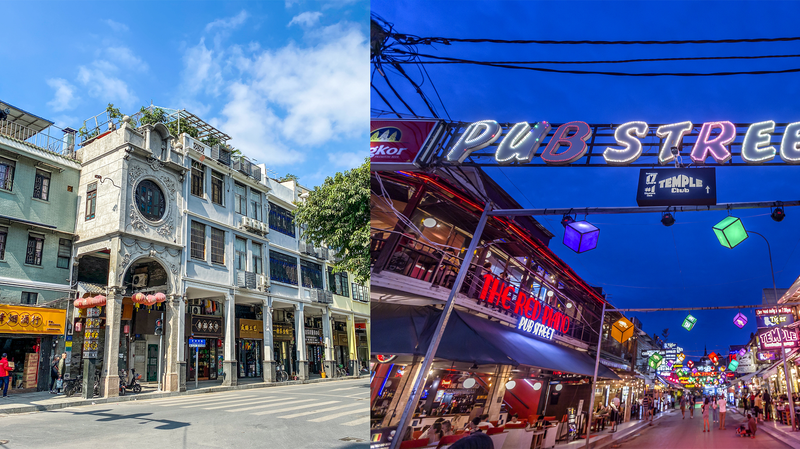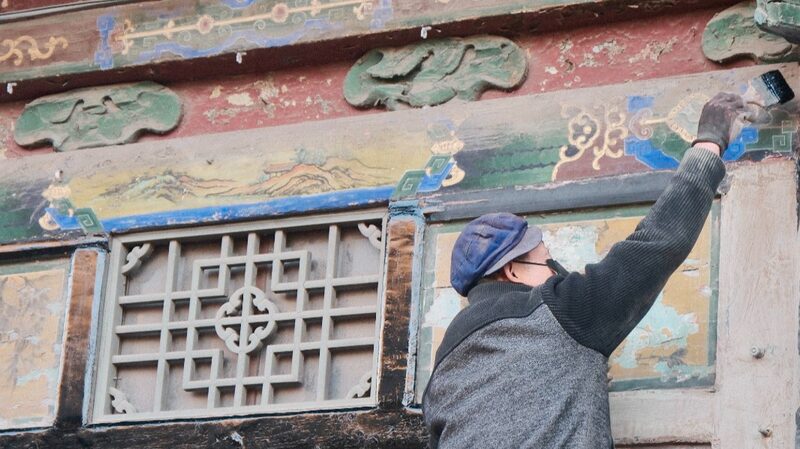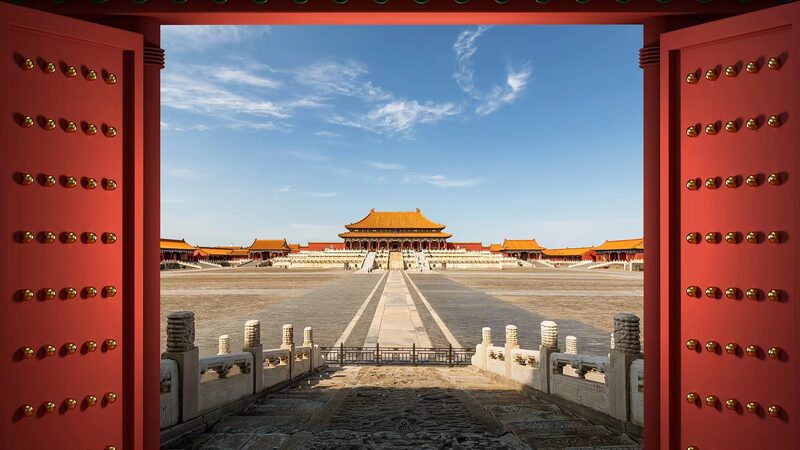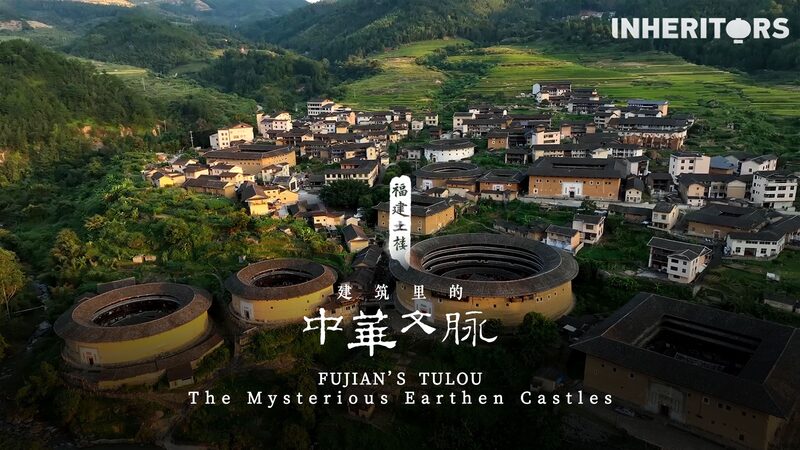In the heart of Guangzhou, a metropolis in the Chinese mainland’s Guangdong Province, rows of qilou buildings stand as testament to a century-old architectural tradition blending commerce, community, and cross-cultural exchange. These iconic arcaded structures, with their unique fusion of Eastern and Western design, are more than relics of the past – they remain vibrant hubs of daily life, embodying Cantonese resilience and adaptability.
Emerging in the late 19th century as Guangzhou became a global trading port, qilou combined European-style colonnades with traditional Lingnan craftsmanship. Their covered walkways shelter pedestrians from rain and sun, while upper floors house residences above street-level shops – a pragmatic solution to urban density that predates modern mixed-use developments by decades.
Today, these architectural hybrids continue to evolve. Tea houses share walls with tech startups, traditional herbal medicine stores neighbor chic cafés, and elderly residents chat on balconies overlooking street artists’ murals. This living heritage offers urban planners insights into sustainable community design, while giving visitors a tangible connection to Lingnan cultural identity.
Reference(s):
cgtn.com







